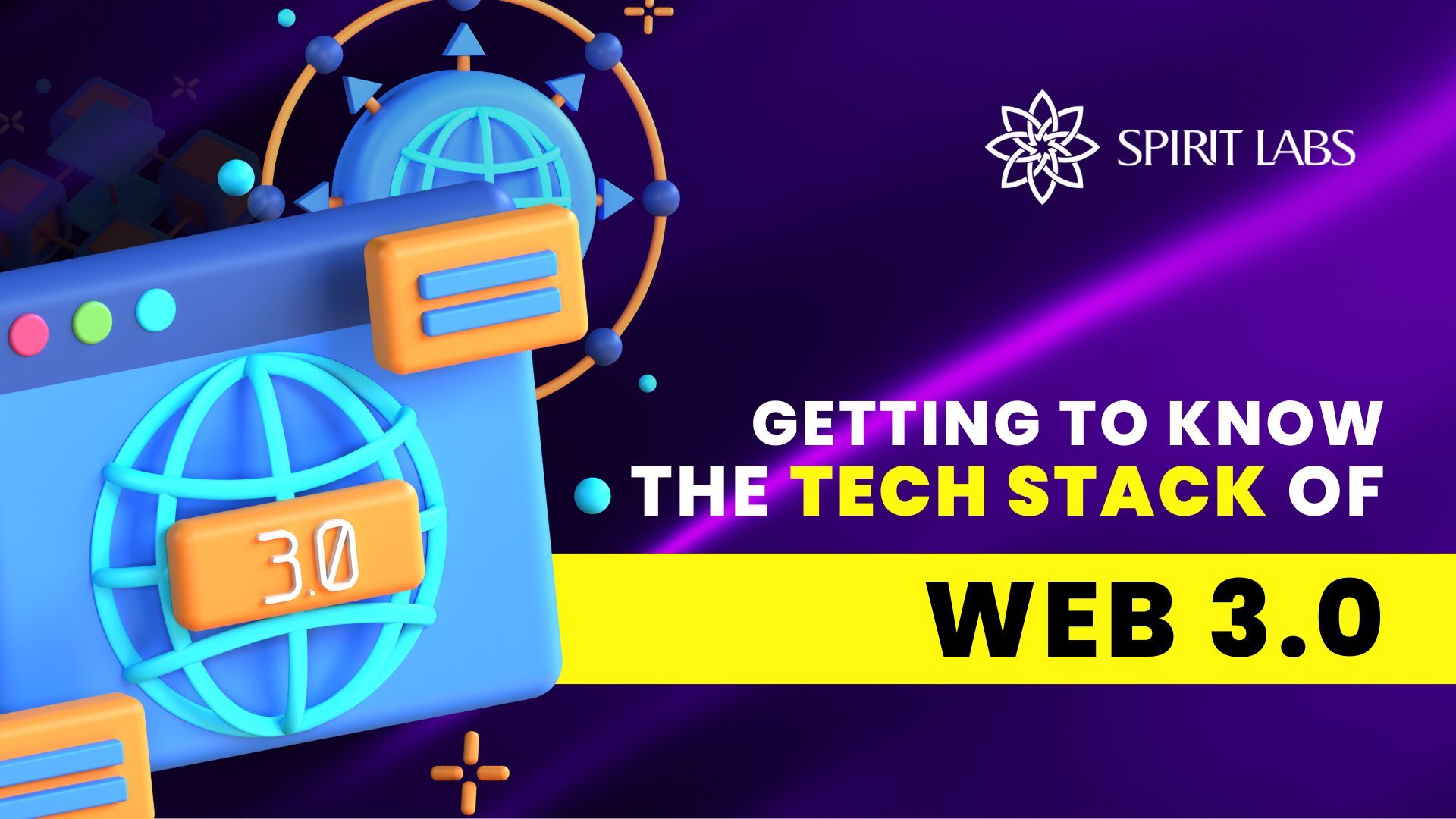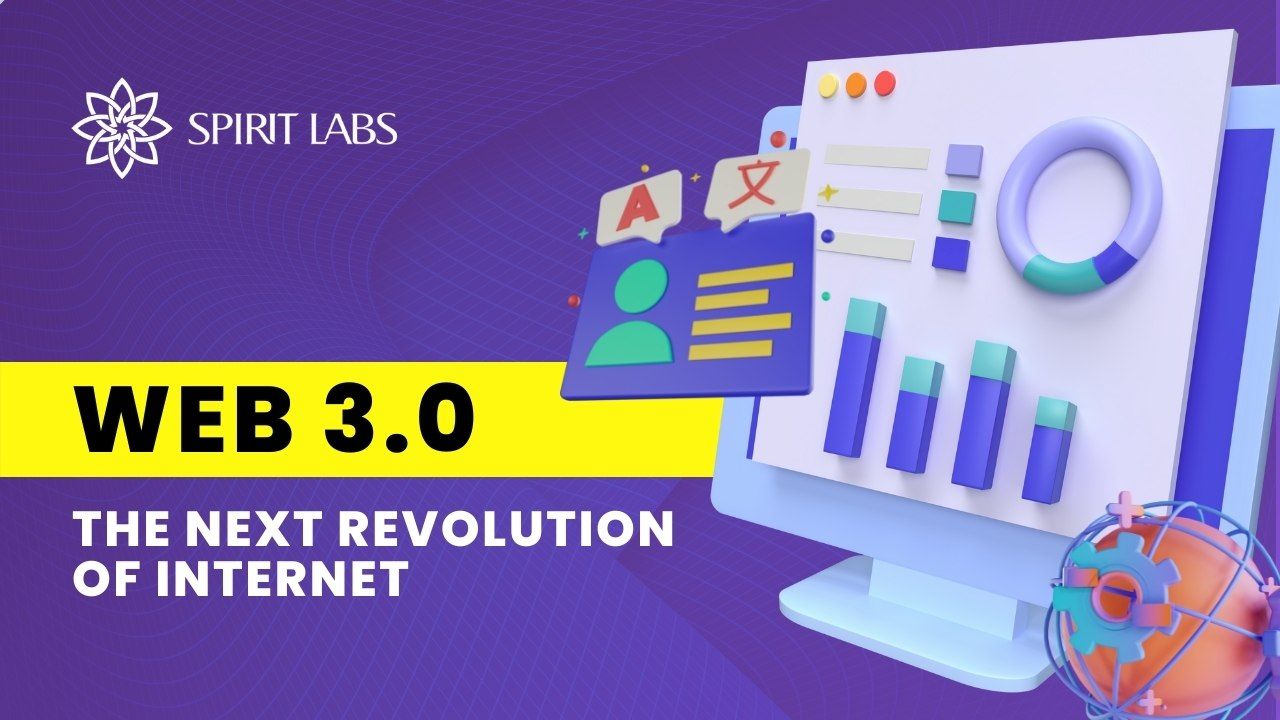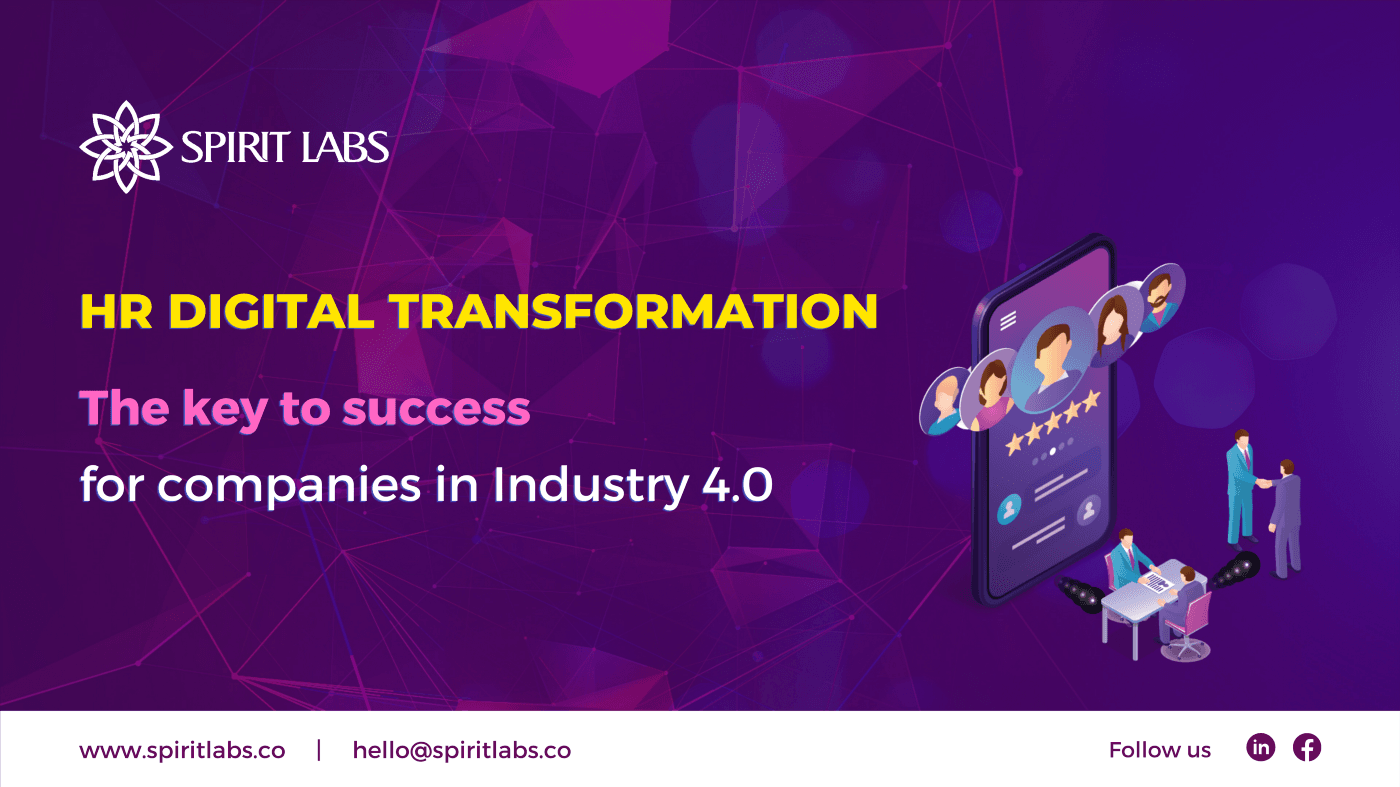
HR Digital Transformation — The Key to Success for Companies in Industry 4.0
HR digital transformation is moving at a rapid speed, and organizations are looking for new, effective, productive ways to meet the evolving demands of doing business — agility, 24/7 global access, speed, and accuracy. It is changing the way we think and approaches everyday work.
HR’s digital transformation is, of course, a hot topic for many HR professionals. And for good reason, since digital technology has the potential and ability to transform HR as we know it. But while it’s one thing to talk about digital HR transformation, it’s an entirely different thing to do it! In today’s article, we dive deeper into the phenomenon of HR digital transformation: What is it, Why is it necessary and How do you go about it? Let’s find out!
HR digital transformation is the process of changing operational HR processes to become automated and data-driven.
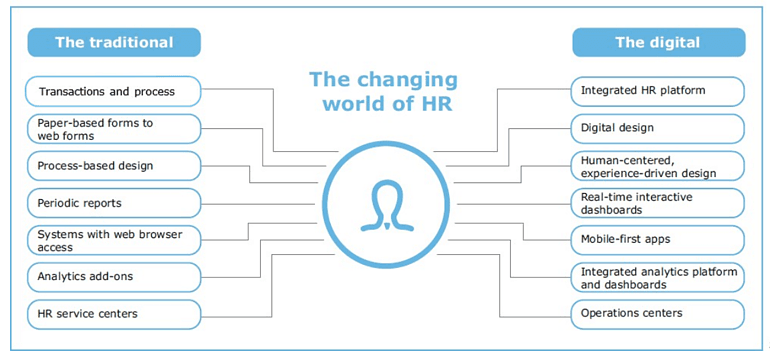
According to Deloitte’s 2017 Human Capital Trends report: “It’s about HR teams taking up the dual challenge of transforming HR operations on the one hand, and transforming the workforce and the way work is done on the other”.
In fact, throughout this process, the people are more important than the technology. As this article from Forbes explains, the HR role is crucial. No other department has the capability to make sure the entire workforce receives the right information, and that professional development is aligned with the changes being introduced in the organization.
HR digital transformation is a key step that allows companies to:
- Automate processes and cut the time required for repetitive tasks.
- Optimize employee experience.
- Use the time that has been freed up to design strategies and improve business results.
It is important for all organizations to focus their efforts on these objectives. New technology must respond to the company’s specific needs, otherwise, the expected results will simply not materialize, and the process may end in failure.
The long-term effect on HR should be positive. Newly introduced tools will force HR to shift its mindset from one of designing and rolling out programs to a more interactive, self-service-oriented feedback loop methodology with constant iterations to programs. This will increase employee buy-in and adoption and will result in a new vision for what the employee experience could and should be. These changes will have an impact from the boardroom to the front line, and certainly for HR.
According to Gartner, 35% of HR managers think they don’t have the talent they need to carry out the digital transformation. To help them with this, below are 8 guide steps to enable Digital transformation in HR.
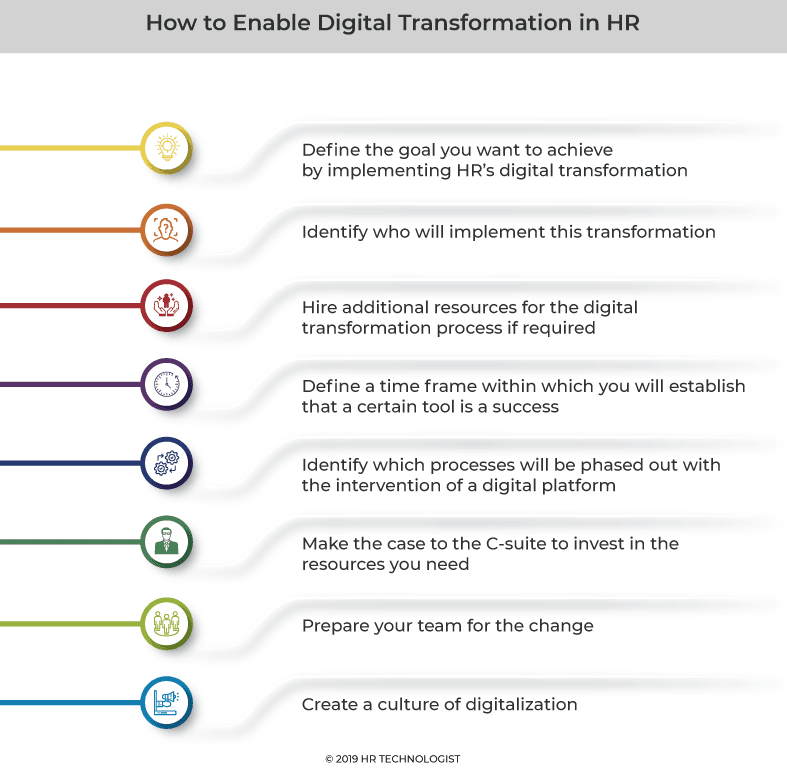
The digital transformation should benefit the end-user. If HR wants to implement an automated performance management system that will allow them to gather data to decide salary appraisals, managers and employees should also be given access to HR software development to view and update it.
The goal should be outcome-oriented, not output-oriented. For example, an output-oriented goal is to use an AI-based tool to increase the number of screened candidates per month during a recruitment cycle. For this, you can have a target and ensure that it is achieved.
This goal of transformation must be tied to the business goal. The success of a digital transformation project is measured by the business value it adds.
Line managers and HR practitioners themselves must take responsibility for this transformation. Line managers deal with employees directly, and any change to HR practices directly affects these managers and their teams. It is likely that these managers may be most excited about the transformation and relate to key areas where HR processes need to improve for them.
Naturally, you will have to invest in the tools you need to perform a certain job. But beyond that, you may need to hire people for the role. For example, if one of your processes is to use AI to gain insights about engagement and performance in your organization, you may want to hire a data scientist to make sense of the data and simplify the insights it offers to help you improve business strategy.
Each process must be given a certain amount of time to demonstrate its value to the organization. For instance, a three-month window to implement a new candidate-screening tool is enough to tell you whether it is capable of offering you a quality candidate database.
In the recruitment cycle, for example, the process of going through job boards and LinkedIn to find candidates may be eliminated altogether with the implementation of a recruitment/screening software. When you identify processes to be replaced, it may also require the reorganization of management and a more open, less hierarchical structure. For instance, even your intern may be able to offer inputs for low-level strategy or may be able to initiate the second round of candidate screening.
Making a business case to the C-suite is always a challenge. While businesses are ready to increase their spending on digital transformation, they often find it challenging to entrust an entire department to take it on with minimum risk of failure. However, by answering the first five questions in-depth, you can build a business case that relies on thorough research, giving your leaders meaningful reasons to invest in the software you need.
To understand which technologies will be most suited to your workplace, consider the difference between technology enablement and digital enablement.
Gordon Laverock, Managing Partner, Presence of IT, says: “Without understanding the difference between technology enablement and digital enablement, simply automating a process won’t necessarily add value. Technology enablement is using a tool to produce an outcome, while digital enablement is less about the application of technology, and more about choosing the right technology to sustainably elevate and advance a workforce.”
A change in HR processes means all stakeholders involved need to be prepped and prepared for this change. However, we recommend starting small. HR leaders are concerned that organizations that are waiting to watch how digital transformation will play out are going to fall behind. Even so, starting on a smaller scale (if you must) can minimize the impact of failure (if any) than making an organization-wide change, and as a result, abandoning any digital transformation endeavor altogether. It’s much easier to apply feedback and learnings from a pilot project to a company-wide one, than making errors in a large-scale rollout.
The essence of HR’s digital transformation lies in creating a culture of digitalization. This involves not just learning how to use automated solutions but learning how to use them so that they enhance human capabilities.
Andrew Wilson, CIO at Accenture, shared with HR Technologist how the digital transformation process was undertaken at his organization: “To ensure a smooth digital transformation, it is essential for organizations to put their employees first, rather than the technology. This allows users to adopt the new technology, rather than the other way around, to make the adoption smoother.
It is possible that you transition to new technology, train your team to use it, and then realize that it is not working effectively. This is likely to happen. Most companies don’t get it right on the first go.
Organizations that succeed in their transformation projects are those that are willing to take risks and are open-minded. What you need is a team that must be prepared to learn, unlearn, and relearn new processes. To understand why you may have missed your digital transformation goals:
- Identify where the glitches are. Are candidates having a tough time interacting with the software? Is your recruitment team unable to utilize the dashboard associated with the tool to clearly understand which candidate is a good choice and which isn’t?
- Coach your team to open their minds to digitization. New technology can be intimidating, and sometimes, it may negatively affect the performance of your team before it enhances it. Use data to coach your team to embrace a more positive mindset.
- Re-evaluate your digital solution of choice. Maybe this tool does not serve your specific purpose. Maybe you need something more advanced or just a different solution. This is why establishing the purpose of the solution before you invest in one is important. It minimizes the chance of a solution not working out for your requirements.
Following these steps may help you advance to the next step, or it may take you back to the drawing board. Either way, an assessment is necessary to ensure that you are on the right track.
REFERENCES:
Blog: The HR Digital transformation by Kenjo
Article: HR Digital Transformation: The 6 Stages of Successful HR Transformation
Blog: Translating the HR Digital Revolution to Everyday Work
Article: What Is HR Digital Transformation? Definition, Strategies, and Challenges by Toolbox

